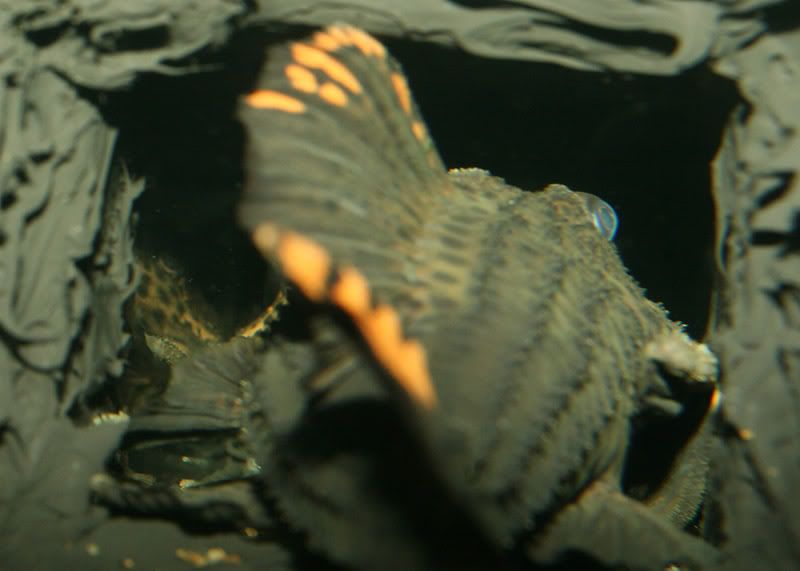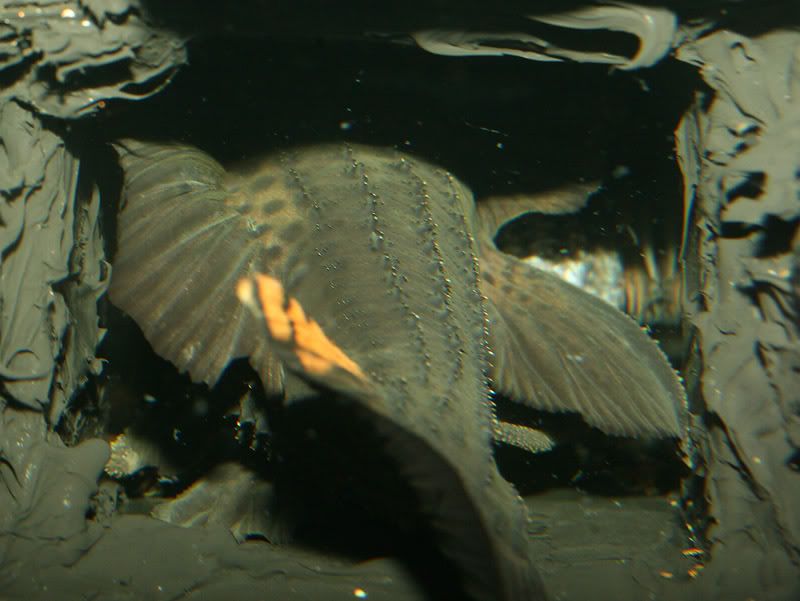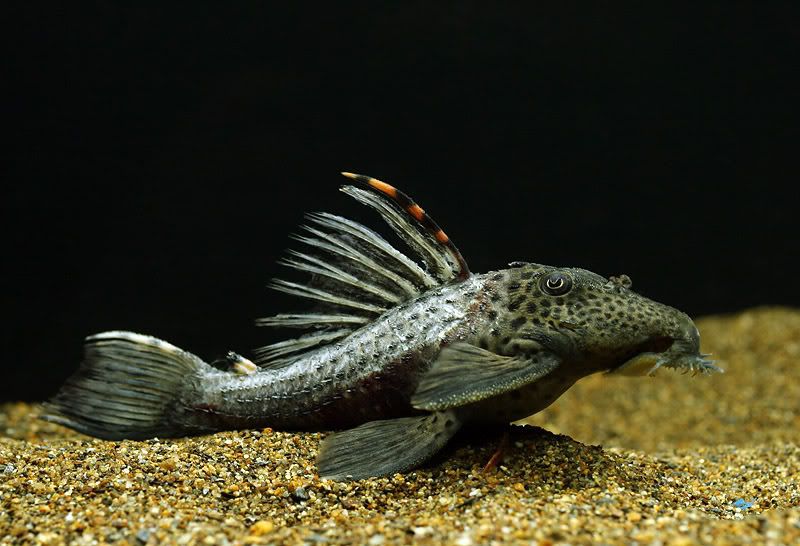Female(hopefully) on the left.

The gray area on the right is the belly of the female:




.I hope you don't lose her. Fingers crossed.
Its those randy males. They don't seem to understand, no means no.I think any L numbers are really aggressive at spawn time
Not sure at all. She was a bit small to sex, but I believe she was a female.pramirez wrote:
I'm not sure but I think I had read anywhere L. triactis males are very warlike toward to othes.100% sure female?
The zebras are routineDAWN wrote:Hope you have some better luck with the zebras, Haavard
No, they even not need to be in the same water but if they share the same water column they will also know there are a male or a female present in the same aquarium, they will also know when they are ready to breed even without touching each other.Bas Pels wrote:I only wonder: do loricarids need contact between the sexes before developing eggs?
The male use his teeth shewing on the females back, I think that belongs to the foreplay but if the female not are ready to spawn and the male refuse to let her go he will damage her a lot.racoll wrote:Is most of the damage inflicted with teeth, or with the abrasions from the spines?